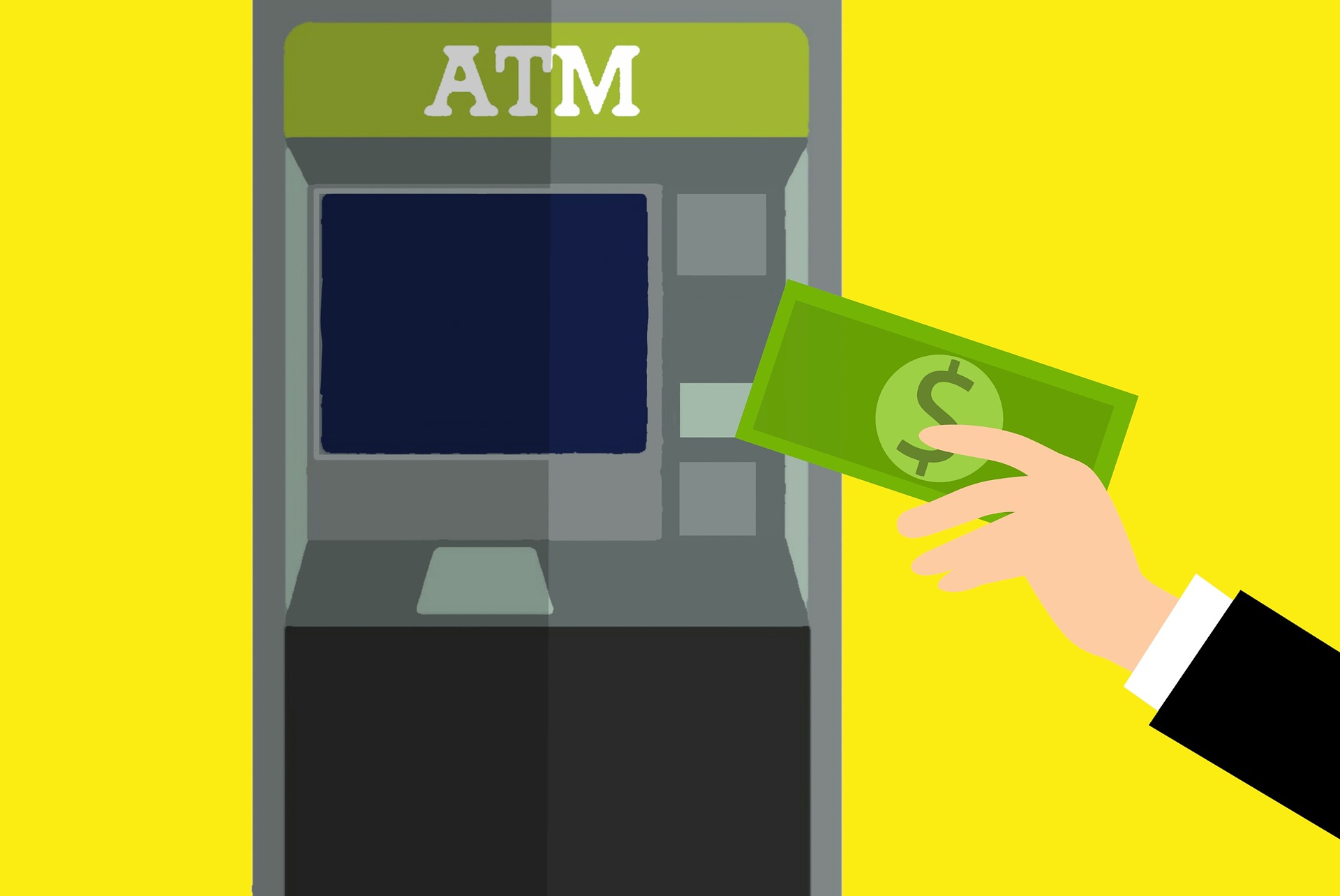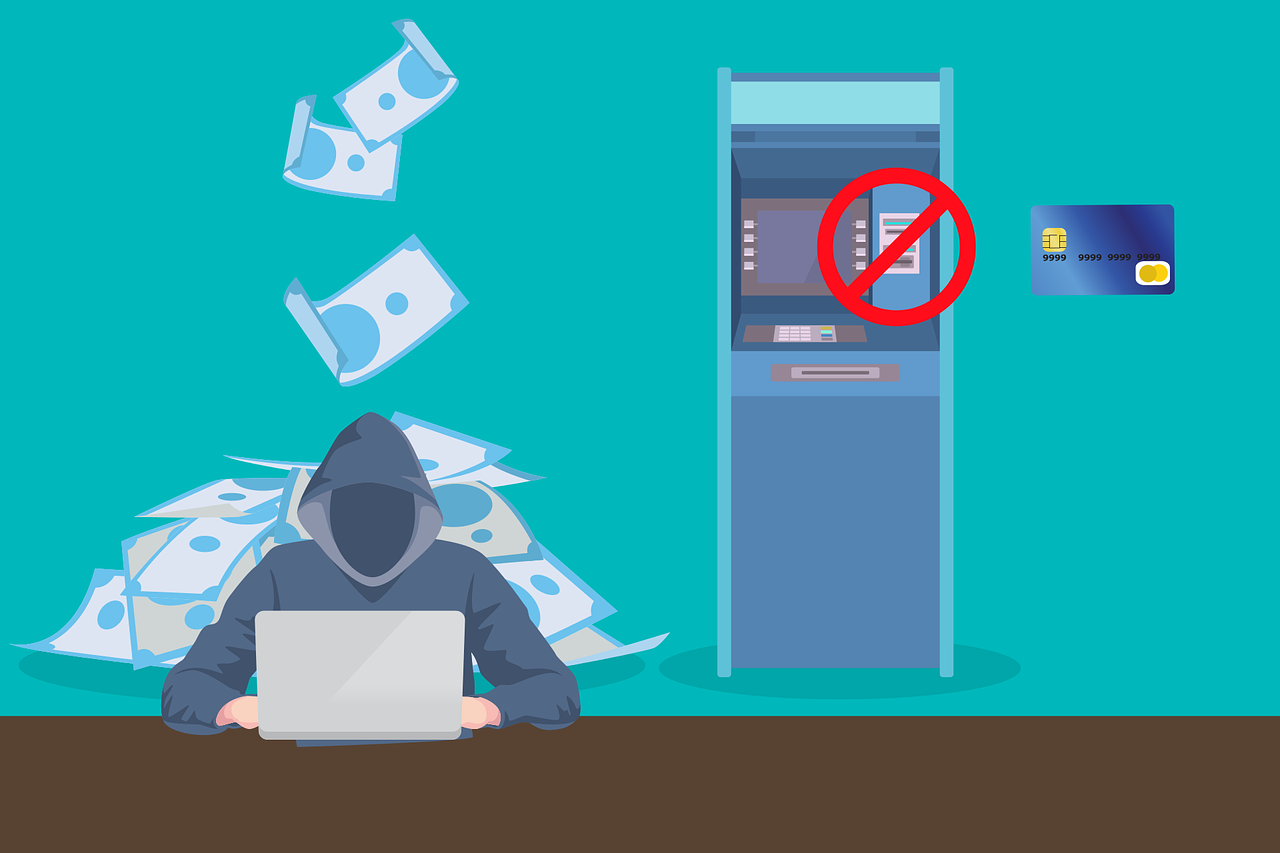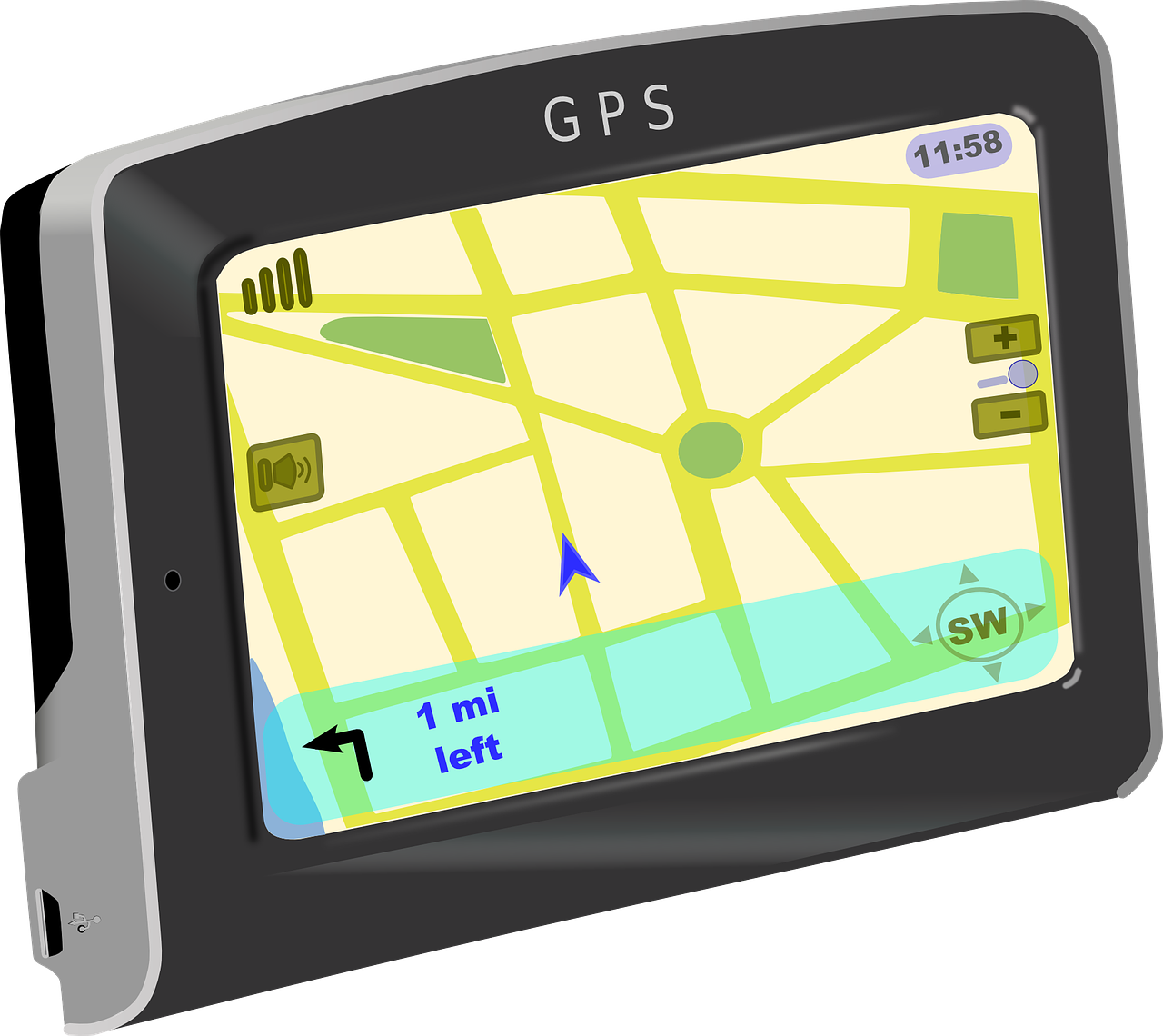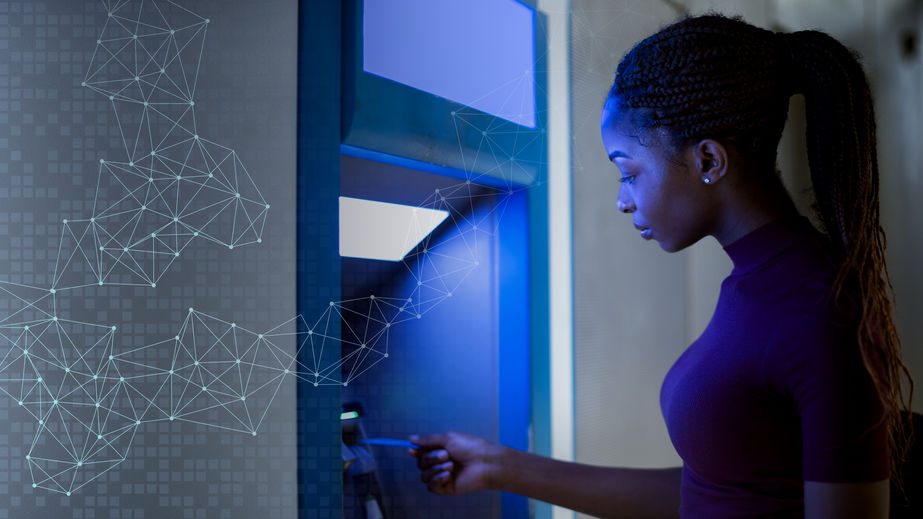Why it Matters to ATM Distributors
According to Statista, a leading provider of statistical data and market research, there are estimated to be approximately 4.1 million ATMs worldwide in 2019. That number is projected to rise to 4.3 million by 2020. That’s a lot of ATMs.
When the first ATM arrived on the scene outside of Barclays bank in the London suburb of Enfield in 1967, and for many years after, it was bulky, unreliable, and prone to breaking down. But it was also useful. And for the past 50 years ATM technology and hardware have been getting sleeker, more advanced, and more dependable.
Nevertheless, there is one thing that has remained a constant throughout the history of the ATM – the need for security. Starting back in 1968 when some ATMs used tokens to be inserted into the machine in order to withdraw cash, Swedish hackers utilized a stolen token to withdraw large amounts of cash from different machines. And thus it has been ever since.
Since then, as technology has changed, ATM thieves have changed their strategies to keep up with, or ahead of, ATM security. Looters can physically tamper with an ATM or they can utilize skimming devices to determine a credit or bank card’s information, thereby gaining the ability to utilize that information elsewhere.
Additionally, as ATMs get more sophisticated with regard to the software that many are using these days, ATM hackers have increasingly become a problem. According to a 2018 Washington Post article, hackers have been reported to completely swap out ATM hard drives or attack them remotely.
And then there is ATM “jackpotting”, which allows thieves to exploit an ATM’s physical and software vulnerabilities in order to get the machine to dispense cash. If successful, jackpotting thieves can essentially walk away from an ATM machine having completely depleted it of its cash stores.

Why does this matter to distributors?
If you are an Independent ATM Distributor (IAD), these vulnerabilities should matter to you. A lot. If your machines are constantly being hacked, tampered with, or jackpotted, you will quickly earn a reputation for lax security. That is guaranteed to drive business to one of your competitors who takes the situation more seriously.
What can an IAD do to protect their ATMs?
Here are 5 ways that an IAD can protect their ATMs from would-be thieves:
1. Check your machines.
One of the strongest, easiest, and most effective ways of protecting your ATMs is to physically check it. At these inspections you or your employed service repair professional should look for skimmers, small cameras, possible tampering with the machine, and/or pin-capturing devices. These checks should happen on both a routine and random basis. If a thief learns that you routinely check your machines on Wednesdays, they are more likely to hack or tamper your machine on a Thursday so as to get a whole week’s worth of data/cash before being discovered the following Wednesday. If you add random security inspections into your schedule, you will be more likely to throw off would-be thieves – and discover any issues more quickly.


2. Install a detection system.
Install a detection system that can take the ATM offline if it senses a breach or can tell if anything is attached to the card reader or keypad. Many of these systems also have the functionality to send IADs a message if there has been a security issue.
3. Install Jitter technology.
Jitter is an anti-skimming technology that distorts the speed or flow of a credit or bank card as it is swiped in an ATM. This technology is specifically designed to make any information gleaned from a card skinner unreadable, therefore rendering it unusable.


4. Place locator devices.
Another effective security measure is to place locator devices in your machine and attach dye packs to your cash box, and then advertise those security measures on the outside of your ATM. Thieves are less likely to try to tamper with a machine that they know can be traced if they steal it, or if the cash they unload is covered in dye.
5. Build in firewalls and encryption technologies into your ATM’s software.
When a customer swipes his/her card the machine and then enters their PIN, details from that swipe and code entry are then sent to the relational database management system (RDBMS), which validates the information before moving forward with the transaction request. By adding firewalls and encryption technology in your ATM’s software system, the network is more protected from attackers trying to intercept this information.

Thinking Ahead.
By being on top of the security issues your ATM faces, you’ll be more likely to prevent theft and possible damage to your machines. Being proactive and thorough about security will put you in good stead with your customers, thereby helping to ensure a long, thriving business relationship.

